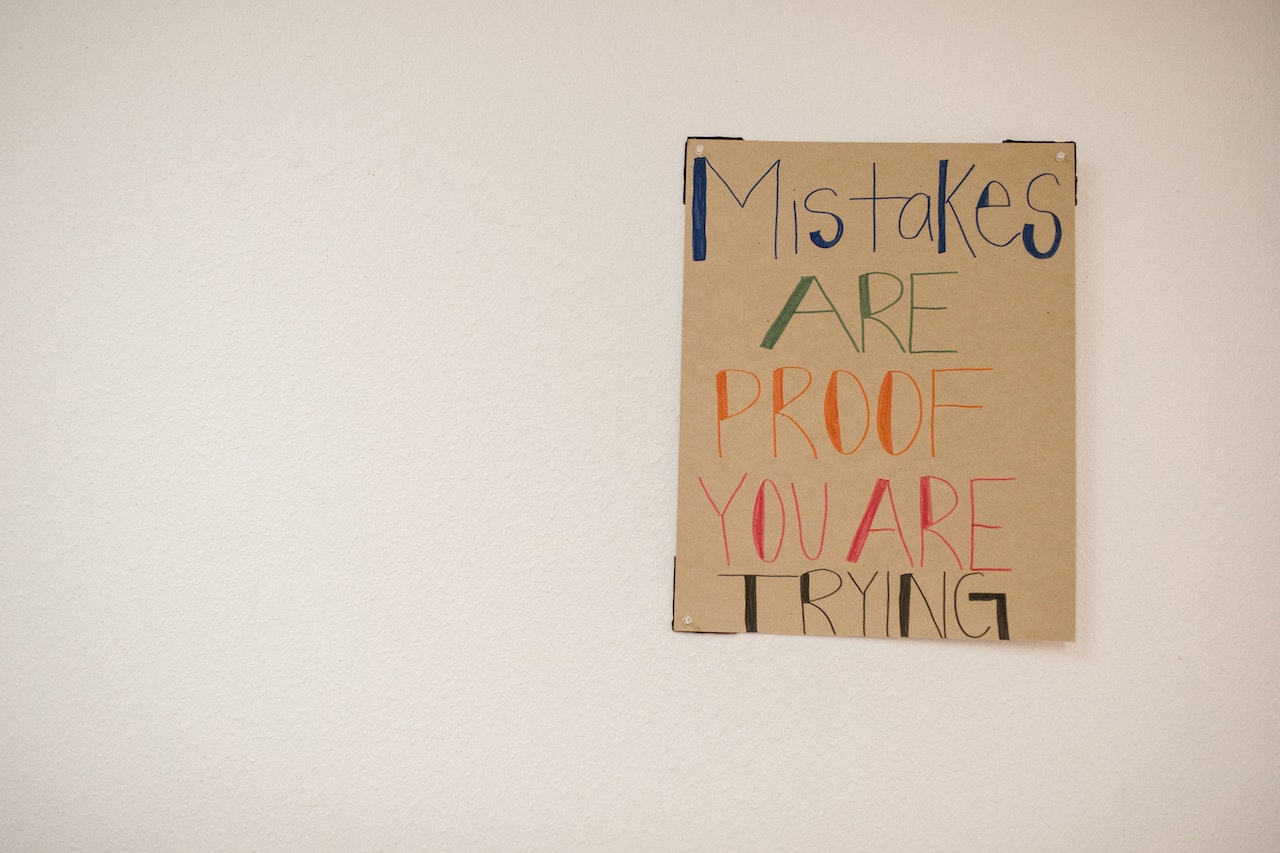Classroom Teachers are Experts in Culture
In the corporate world, boards, leaders and managers often struggle with creating, strengthening, sustaining or improving workplace culture… but ask any teacher of the primary school classroom, and they will show you how to focus on what matters.
Culture – before and alongside everything else, always
Teachers have to juggle a variety of challenges before and while they are trying to deliver on their main focus… to teach.
Whether it’s crowd control, playground spats, covert bullying, diverse learning needs, parents’ agendas, the principal’s agenda or the board’s agenda… teachers must pay attention to Culture before they can achieve anything else.
Classroom teachers have to focus on creating Culture with intention, and reinforce it every day, through everything they do… because if they don’t, the kids will show them pretty quickly where they are going wrong!
The very first steps in setting the Culture
It’s been a long time since my primary school teaching days, but one of the things that I remember so clearly is setting up the experience of the first day of school.
Teachers will tell you this is an important day, as nerves are high all round (children, parents and teachers alike). A great experience right from Day 1 is essential to help everyone belong and to set the tone for the year ahead!
After greeting every child individually (already knowing who is who by the time they tumble through the door that first morning), guiding students to a desk they can call their own, and doing some ice-breakers as they settle in… the next step most teachers will focus on is coming up with ‘Our Class Rules’.
As any decent teacher will tell you, these rules are developed together as a class; then reinforced, rewarded, celebrated and owned together… right throughout the year. How many leaders can say all of this about their Values and Values-in-Action or Culture Characteristics?
Below: 3 things Classroom Teachers do to create a strong Culture

A good classroom teacher knows that a great Culture is created:
1. Collaboratively (with guidance).
All human beings, regardless of age, status, knowledge, confidence etc. etc….. want, at their core, to be seen and heard. If you see and hear people, they will want to come along on the journey with you.
When it comes to Culture, this means co-creating the best-fit community (with its ‘rules’ or expectations)… with a little guidance from leaders to steer the ship towards a common goal.
Whether you are sitting on the mat discussing what you all want the ‘Class Rules’ to be, or you are on a staff retreat revisiting corporate Purpose and Values and how to measure success against them… creating Culture collaboratively means considering all inputs, creating a frame for what matters most, then revising inputs for best fit… remembering to explain why some ideas were included and some were left out.
2. Specifically.
We all know that Values that sit on a wall but are never referenced achieve nothing. You will be hard-pressed to find a teacher who takes the trouble to create Class Rules with the kids on the first day, Blu-tacks them to the wall, and then ignores them for the rest of the year.
Those class rules are revisited Every. Single. Day.
When it comes to tangible, measurable Culture, it’s necessary to develop a shared language to talk about it. Any parent would have experienced learning about their child’s classroom culture when their child comes home with terms that mean something very specific to them and their classmates, but have to be explained to Mum or Dad!
Along with a shared language, the specific ‘do’s and don’ts’ of values-in-action need to be made clear to all. My favourite example of this is still Netflix’s 2009 Culture Deck – it’s specific enough to mean something, but simple enough to keep in mind as you go about your work.
3. Continuously.
Leaders struggle with challenges like how to ensure a Staff Retreat has lasting impact, how to recruit the right people and then plan for continuous development, or how to unite Culture across regions, team functions and newly-united business entities. Ensuring strong cultural attributes and messaging are sustained over time and space, while allowing for diversity and individual perspectives, are challenges indeed!
Looking to the primary classroom as a microcosm of Culture-creation can point to some simple, but often overlooked, tools to strengthen Culture over time.
Teachers use specific tools to shape conversations that start at where their community of little ones are at (this is called ‘scaffolding’ in teacher-speak). This includes posing specific types of questions that encourage children to wonder, to look at all sides of something, to break things down, to formulate a view and to reach decisions.
Teachers also create simple, clear systems for how the classroom runs and how to approach tasks and challenges, and ensure that all children can access these systems. Teachers set up processes where children reflect on their progress, can work together and can mentor each other. Teachers ensure that frequent, if not daily, discussions revisit ‘what is important to us as a team’, ‘how this looks different for different people’ and ‘how we handle anything that feels mis-aligned’.
If you’re struggling with Culture at your organisation, look to your nearest classroom teacher for inspiration… or talk to the real experts… the kids 😉
